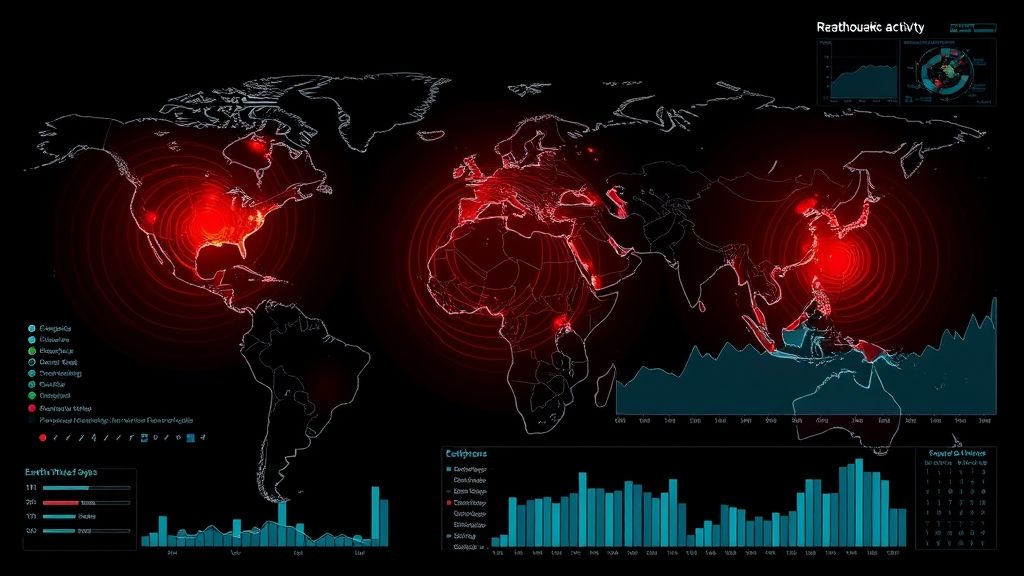Understanding Earthquake Measurement
Many still reference the Richter scale when discussing earthquakes, but seismologists have moved on to more accurate methods. In this insightful article, the author elucidates the current standard: the Moment Magnitude Scale (Mw), which reliably measures the total energy released by earthquakes, making it applicable to events of all sizes.
Why the Change?
“Whoa, that was a 7 on the Richter!”
While this phrase is common, it reflects a misunderstanding. The Richter scale was useful for small, local quakes but fails for larger events, prompting the shift to Mw, which is based on energy release and is globally adopted.
Mapping Quake Impact
On the author’s platform, earthscene.co, earthquake magnitude is translated into understandable impact levels:
- 1.0-2.9: Micro – Barely detectable
- 5.0-5.9: Moderate – Minor damage
- 8.0+: Great – Catastrophic disaster
Through a smart logic framework, quakes are assessed not only by magnitude but also considering factors like depth and location.
What’s Next?
Exciting developments are on the horizon, including real-time visualizations and community-sourced reports to further enhance earthquake tracking.
Curious to delve deeper into the intricate world of earthquake measurement? Read the full article here.
Read the full story for more details:
Continue reading

